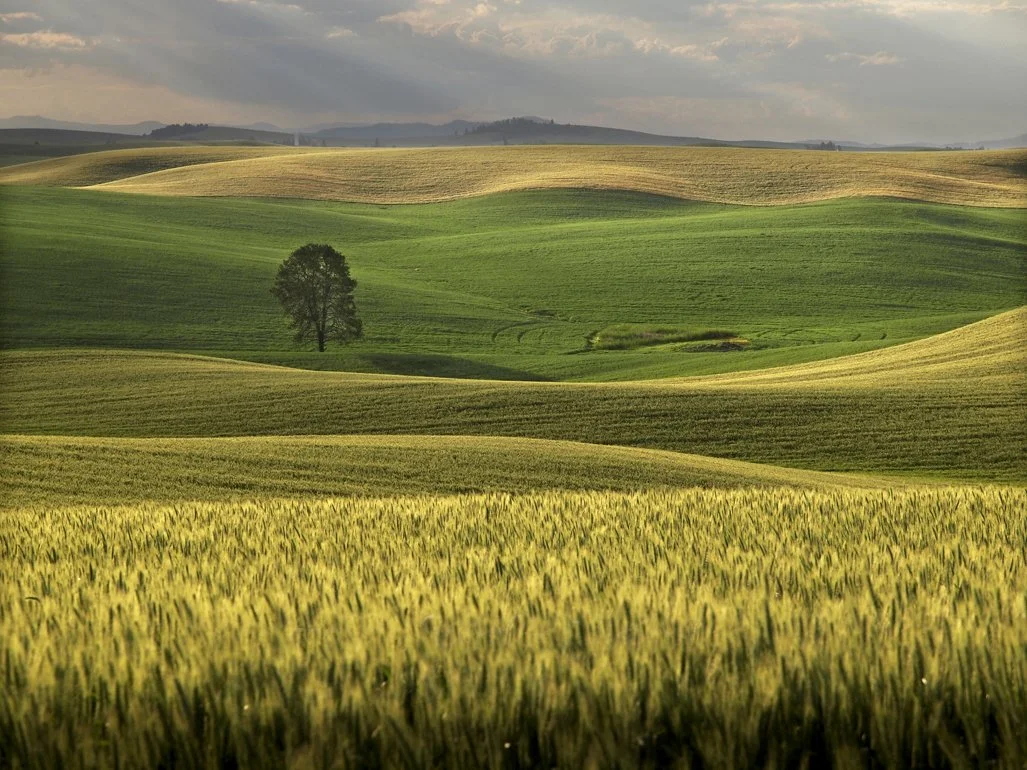
The Palouse Heritage Blog

Organic vs. Salmon-Safe vs. Conventional: What’s the Difference in How Grains Are Grown?
We are often asked if our grains are organic. Learn how our organic and Salmon-Safe Certified regenerative farming practices protect soil, water, and health — and why they’re a cleaner, safer alternative to conventional farming.
